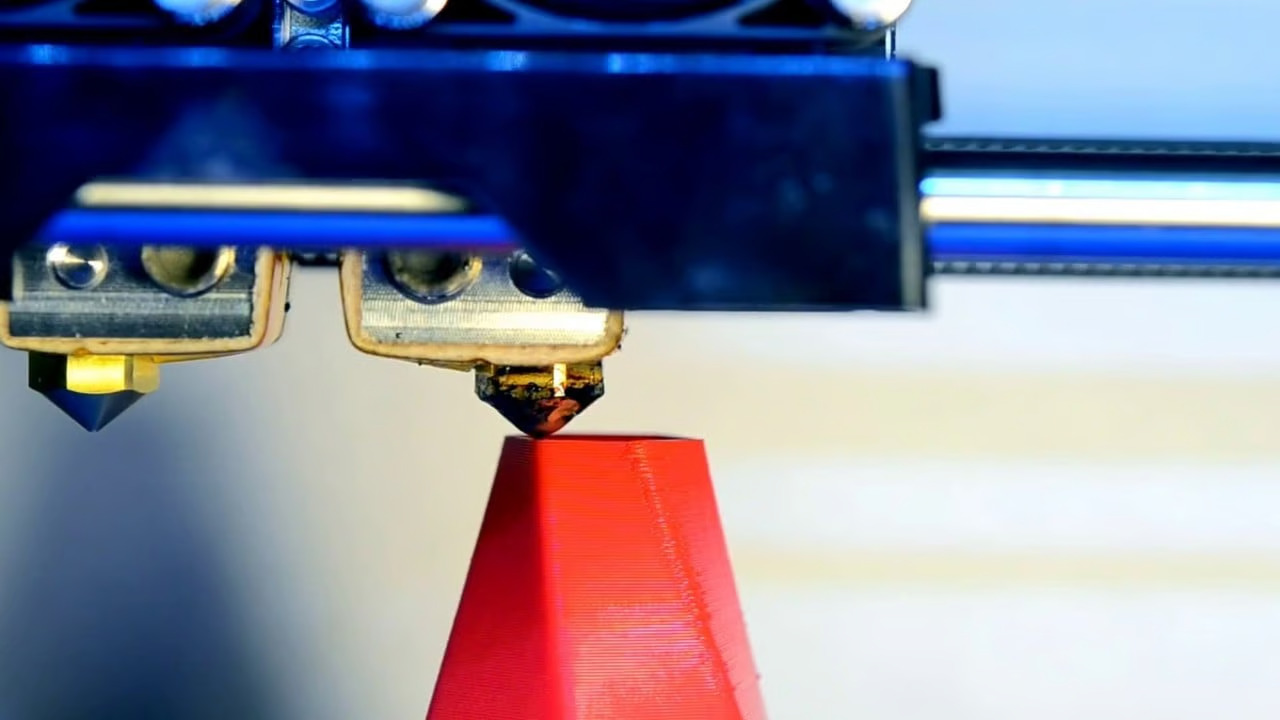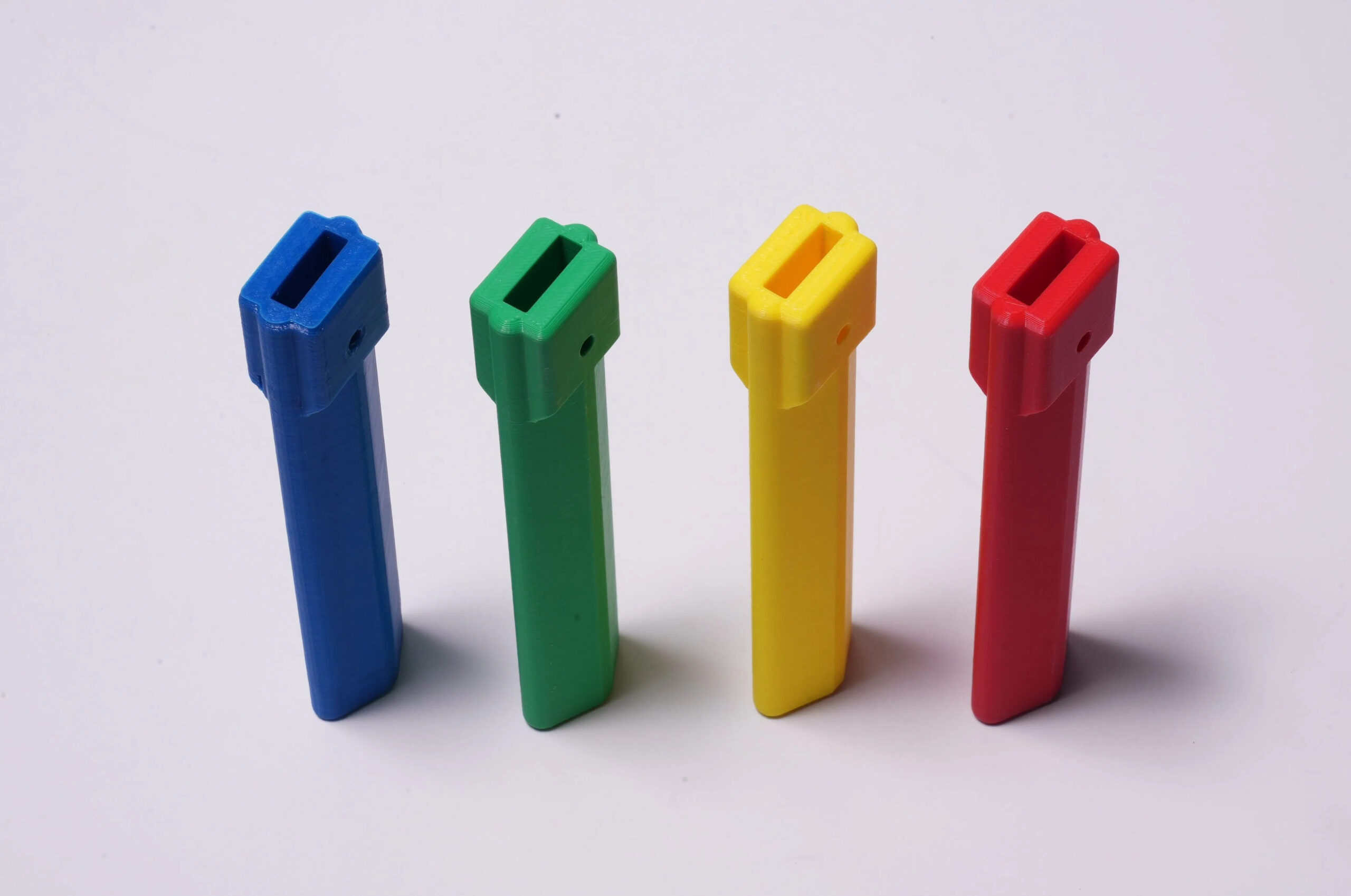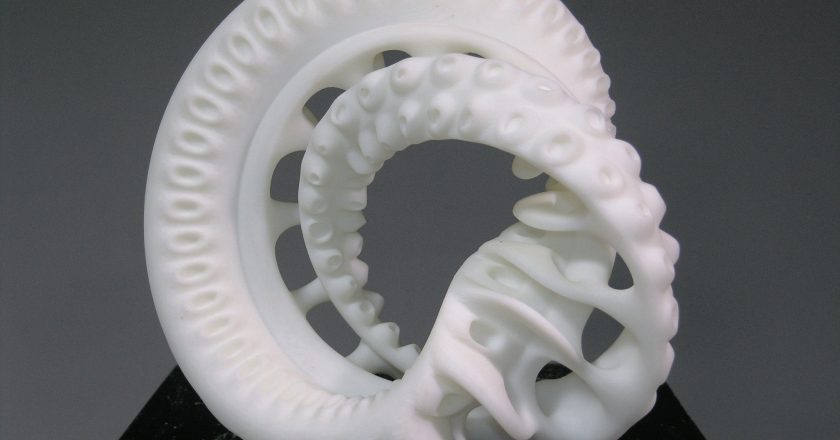3D printing has completely changed how things are made across many industries. Instead of traditional manufacturing methods, which often involve cutting away material to create a shape, 3D printing adds layer upon layer of material based on a digital model.
This technology, also known as additive manufacturing, has become a game-changer in sectors like aerospace, automotive, healthcare, and more.
However, using an unsuitable method would increase production costs due to wasted materials or longer processing times. So, among different types of printing methods, choosing the right method is crucial.
In this article, we are going to draw a detailed comparison between FDM ((Fused Deposition Modeling), SLA (Stereolithography), and SLS (Selective Laser Sintering).
Understanding FDM, SLA, and SLS
First things first. In order to compare these printing methods, we must understand their working and their applications.
What is FDM (Fused Deposition Modeling)?
Fused Deposition Modeling is a 3D printing technology that works by melting and extruding thermoplastic filament through a heated nozzle. The nozzle moves layer by layer to create the desired object. It’s known for its affordability and simplicity, making it popular for rapid prototyping and hobbyist use.
What is SLA (Stereolithography)?
SLA uses a laser to cure liquid resin into solid layers based on a digital model. It offers high precision and smooth surface finishes, making it ideal for creating detailed prototypes, jewellery, and dental models. SLA is valued for its accuracy but can be more expensive than FDM due to material costs and equipment.

What is SLS (Selective Laser Sintering)?
SLS employs a high-powered laser to fuse powdered materials, typically nylon or metal, into solid 3D objects. It’s renowned for its ability to produce complex geometries and functional parts without needing support structures. SLS is commonly used in manufacturing end-use parts for industries such as automotive, aerospace, and healthcare due to its strength and versatility.
These methods each offer unique benefits depending on the project’s requirements, from cost-effectiveness and speed in prototyping (FDM) to precision and material versatility in complex parts (SLA and SLS).
FDM vs. SLA vs. SLS
Here’s a detailed comparison of FDM vs. SLA vs. SLS based on various aspects ranging from surface finishing to complex part manufacturing.
Resolution and Surface Finish
When it comes to resolution and finishing, FDM prints typically have moderate resolution due to the layer-by-layer extrusion process. It results in visible layer lines that can affect surface smoothness. This method is suitable for applications where high precision isn’t critical, and cost-effectiveness is important.
However, Stereolithography offers high resolution and excellent surface finish by using a UV laser to cure liquid photopolymer resins layer by layer. This technology is ideal for applications requiring intricate details and smooth surface textures, such as jewellery design and dental models.
While comparing it with Selective Laser Sintering, you can observe that SLS provides good resolution and is slightly less refined than SLA by using a laser to sinter powdered materials layer by layer. It produces parts with a textured surface that may require post-processing for smoother finishes. SLS is advantageous for functional prototypes and end-use parts needing robust mechanical properties.
Compatibility with Diverse Materials
FDM is compatible with various thermoplastics like PLA, ABS, and PETG, offering flexibility in material properties such as strength, flexibility, and heat resistance. It is suitable for a wide range of applications, from prototyping to manufacturing functional parts.

Though SLA primarily utilizes photopolymer resins, it is available in different formulations, including flexible, tough, and castable types. These resins cater to specific application needs, such as flexibility in dental aligners or durability in engineering prototypes.
SLS can easily support materials like nylon, TPU, and even metals such as aluminium and stainless steel. This versatility allows for the production of functional prototypes and end-use parts with diverse mechanical properties that are suitable for aerospace, automotive, and medical industries.
Cost-Effectiveness and Financial Considerations
FDM is cost-effective, with lower initial investment and material costs compared to SLA and SLS. It’s suitable for startups, educational institutions, and hobbyists looking to produce prototypes, as well as small-scale production runs economically. However, for large-scale production and specific applications, it may not always be reliable.
Because of more sophistication-oriented capabilities, SLA involves higher initial costs. Plus, due to the price of resin materials and the precision equipment used in the technology, its cost may go high. However, it offers efficiency in producing high-detail, small-batch parts, making it cost-effective for industries requiring intricate designs and rapid prototyping.
On the other hand, SLS requires substantial investment in specialized equipment and powdered materials, making it the most expensive option upfront. Despite higher initial costs, SLS is economical for producing complex geometries and durable parts in batch production scenarios.
Speed of Production and Scalability
As FDM operates at moderate speeds, it is suitable for small to medium-sized prints. It scales well for larger objects without significant compromise in production time, making it versatile for various applications, from concept models to functional prototypes.
In this case, SLA offers faster production compared to FDM for intricate designs due to its ability to cure entire resin layers simultaneously. However, its print speed can vary depending on the complexity and size of the model, affecting scalability in high-volume production.
SLS provides rapid production by sintering entire layers of powdered materials at once, making it efficient for batch processing and scaling production of complex parts. This capability supports industries requiring quick turnaround times and scalability in manufacturing.
Versatility and Complexity in Design

Generally, FDM is versatile for producing simple to moderately complex geometries with support structures. It’s suitable for functional prototypes and end-use parts in various industries but may struggle with intricate designs requiring high surface smoothness.
In terms of handling exceptional parts, Stereolithography is slightly better. For instance, SLA excels in creating complex, detailed designs with fine textures and intricate features. It’s ideal for applications demanding high precision and aesthetic appeal, such as consumer electronics and medical devices where design intricacies are critical.
SLS demonstrates versatility in handling complex geometries and interlocking parts without the need for support structures. This capability is beneficial for producing functional prototypes and end-use components requiring robust mechanical properties and intricate detailing.
| Aspect | FDM
(Fused Deposition Modeling) |
SLS
(Selective Laser Sintering) |
SLA
(Stereolithography) |
| Technology | Uses thermoplastic filament extruded through a nozzle | Utilizes a laser to sinter powdered material layer by layer | Uses a UV laser to cure liquid resin layer by layer |
| Materials | PLA, ABS, PETG, TPU, etc. | Nylon, polystyrene, thermoplastic elastomers, etc. | Standard resin, tough resin, flexible resin, etc. |
| Accuracy and Resolution | Moderate (typically 0.1 – 0.3 mm layer height) | High (typically 0.05 – 0.15 mm layer height) | Very high (typically 0.025 – 0.1 mm layer height) |
| Strength and Durability | Strong, depending on material choice | Strong and durable with isotropic properties | Variable depending on resin type |
| Surface Finish | Visible layer lines, requires post-processing | Rough surface from powder bed, requires post-processing | Smooth surface finish, minimal post-processing |
| Post-Processing | Requires support removal, sanding | Powder removal, bead blasting for surface finish | Requires rinsing, UV curing, supports removal |
| Applications | Prototyping, hobbyist projects, functional parts | Functional prototypes, end-use parts, complex geometries | High-detail models, jewelry, dental models |
SLS vs. DMLS: Is DMLS Better?
Selective Laser Sintering (SLS) and Direct Metal Laser Sintering (DMLS) are both additive manufacturing techniques that use lasers to fuse powdered materials. While SLS typically uses nylon or thermoplastic powders, DMLS is designed for metal powders like titanium, aluminium, and stainless steel.
DMLS allows for the production of fully dense, high-strength metal parts with complex geometries and is widely used in aerospace, medical implants, and high-performance engineering components.
Although DMLS offers exceptional material properties and is ideal for metal applications, SLS remains a versatile and cost-effective choice for producing robust plastic parts and prototypes.
The choice between SLS and DMLS depends on the specific requirements of the application, such as material properties, part complexity, and production volume.
| Attribute | SLS (Selective Laser Sintering) | DMLS (Direct Metal Laser Sintering) |
| Print Resolution | 100 microns | 154 microns |
| Can Print Large Parts | Yes | Yes |
| Can Print in Metal | No | Yes |
| Can Print in Plastic & Metal | No | Yes |
| Can Be Dyed in Multiple Colors | Yes | No |
| Minimum Feature Size | 0.75 mm | 0.635 mm |
| Has Isotropic Material Properties | Yes | Yes |
| Can Recycle More Than 80% of Unused Powder | No | Yes |
| Parts Need to Be Cooled After Printing | Yes | Yes |
| Parts Need Support Structures | No | Yes |
| Largest Print Volume | 550 x 550 x 750 mm | 400 x 400 x 400 mm |
Parting Thoughts
When comparing FDM, SLS, and SLA 3D printing technologies, each method offers distinct advantages suited to different applications. FDM excels in affordability and simplicity, making it ideal for rapid prototyping and hobbyist use.
SLS provides superior strength, accuracy, and the ability to print complex geometries without support, making it suitable for functional prototypes and end-use parts. SLA offers high precision and smooth surface finish, making it perfect for detailed models and intricate designs.
DMLS is a specialised method used primarily for creating metal parts with exceptional strength and durability, making it ideal for aerospace and medical applications where material properties are critical.
Ultimately, the best choice depends on your specific needs and project requirements. Consulting with a professional 3D printing company can provide valuable insights tailored to your goals. Whether you’re aiming for cost-effectiveness, durability, or intricate details, expert guidance can help you make an informed decision.
For expert advice on choosing the right 3D printing method for your project, don’t hesitate to contact reliable experts like Dainsta.

